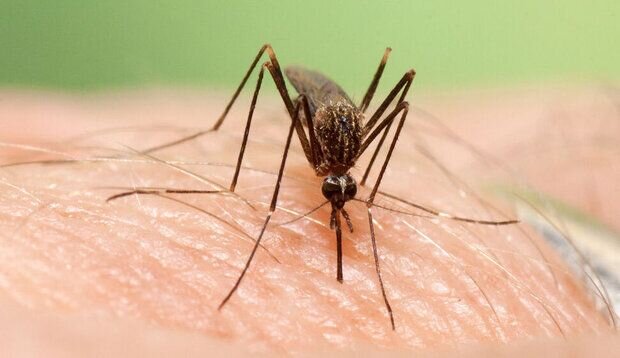Dengue fever endemic in 128 countries: health official

TEHRAN – Cases of dengue fever have been so far identified in 128 countries, a sharp rise compared to 10 countries in 1960, an official with the health ministry has said.
Transmitted by Aedes mosquitos, the disease was placed among the top ten life-threatening diseases by the World Health Organization (WHO) transmitted by local carriers in 2019, ISNA quoted Shahnam Arshi as saying.
Up to 400 people are affected with dengue fever each year, he said, adding that only 20 percent of patients have symptoms and 80 percent of dengue infections have mild or no symptoms.
A significant portion of transmission occurs through individuals with asymptomatic infections.
About half of the world's population is at risk, and this number is increasing annually due to global warming, climate change, and the rise in international travel.
About 70 to 75 percent of the cases are reported in Southeast Asia. Over the past years, the disease has spread to Indonesia, Bangladesh, India, Singapore, and Thailand.
Aedes aegypti is a more invasive mosquito that is more common in Iran. Due to the physiology of this mosquito, people in contaminated areas are told to wear clothes that cover most parts of their bodies in the first two hours of the morning and two hours before the evening, Arshi noted.
Transmission occurs two days before showing symptoms and two days after the fever.
The disease can spread from mosquitos to humans, from humans to mosquitos, and from humans to humans through blood transfusion, organ transplant, and mother to child in pregnancy.
The lifespan of Aedes is between one to 4 weeks; they take blood meals every 1 – 2 hours, accounting for 40 to 50 meals throughout their lifespan.
Training package to control dengue fever
The health ministry is planning to develop a training package to inform individuals, particularly passengers, medical staff, and journalists of the ways to prevent, or manage dengue fever.
Dengue is a viral infection transmitted to humans through the bite of infected mosquitoes, IRNA quoted Farshid Rezaei, an official with the health ministry, as saying.
It is found in tropical and subtropical climates worldwide. Despite the spread of dengue fever, there are no travel limitations. However, travelers, especially in countries such as the UAE and Thailand, should be aware of self-care tips and know how to prevent dengue fever and mosquito bites.
People in the country should also observe the essential hygiene points such as wearing clothes that cover most parts of the body, like socks, long-sleeved clothes, and long pants. Use insect repellants when traveling to the provinces at risk, which are mainly southern cities, he highlighted.
Stating that the mortality rate for dengue fever is about 1 percent, Rezaei emphasized, “About 40 to 80 percent of patients with dengue have mild or no symptoms, by adhering to sanitation practices, dengue fever cases can be reduced by 70 percent.
Dengue virus, which is part of flaviviruses, has four serologically related but genetically distinct viruses, DENV serotype-1, DENV-2, DENV-3, and DENV-4.
It means that it is possible for a person to be infected with the virus 4 times. The second serotype is the dominant serotype.
Dengue virus is transmitted through the bite of Aedes aegypti and Aedes albopictus mosquitoes. These mosquitoes also transmit Zika and Chikungunya virus.
Dengue disease has different infectious phases, including the fever phase, critical phase, and recovery phase.
Since April 20 this year, 138 cases of dengue fever have been diagnosed, most of whom are from the UAE, Pakistan, and Iraq, and only seven cases were from inside the country.
These provinces that are at risk include Hormozgan, Sistan- Baluchestan, Bushehr, Gilan, Mazandaran, and Golestan.
Dengue fever, like other infectious diseases such as corona, and malaria, can be transmitted from infected human to healthy human. Fortunately, treatment guidelines for treating the disease are available in the country.
MT/MG
